#Isabel I de Castilla
Explore tagged Tumblr posts
Text

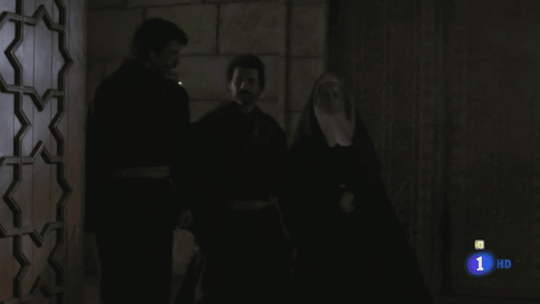
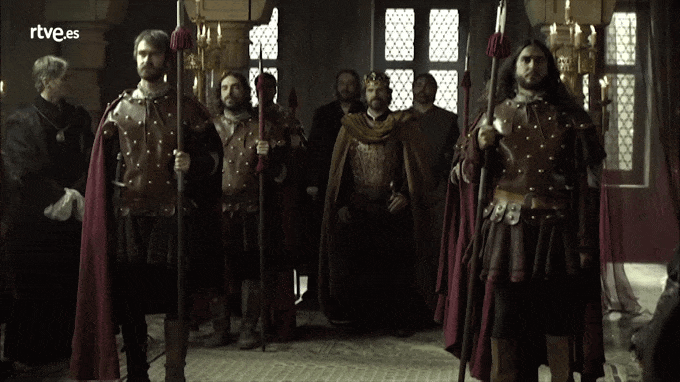

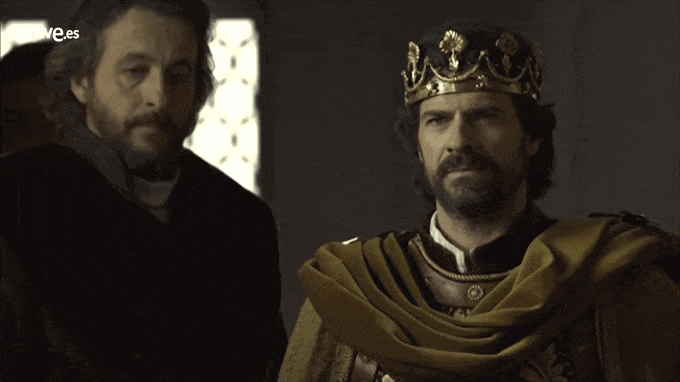
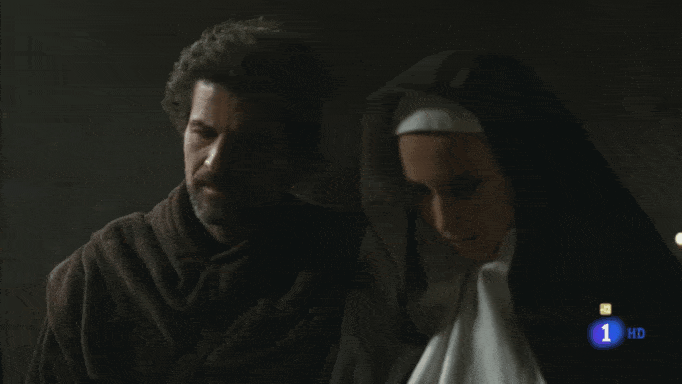

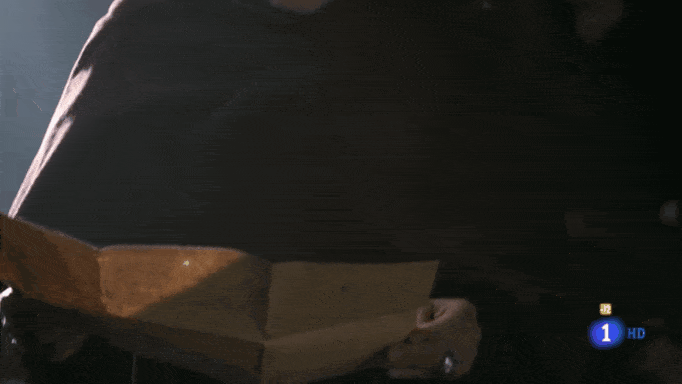
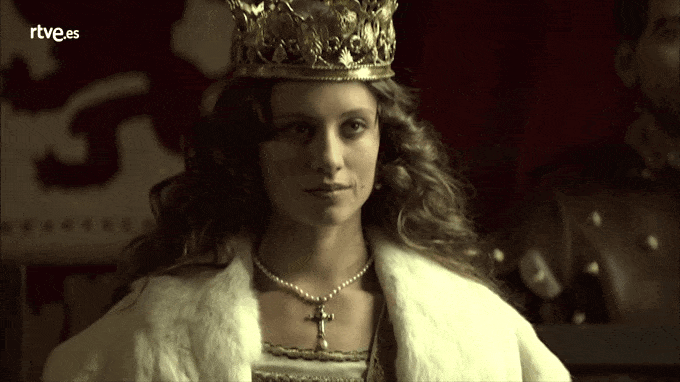

Juraría que la conozco de algo...
Isabel (2012-2014), 2×01 Desencuentros II El Ministerio del tiempo (2015-), 1×04 Una negociación a tiempo
#el ministerio del tiempo#isabel tve#1×04#una negociación a tiempo#2×01#desencuentros#nacho fresneda#aura garrido#rodolfo sancho#michelle jenner#eusebio poncela#ramón madaula#alonso de entrerríos#amelia folch#julián martínez#fernando ii de aragón#ferdinand ii of aragon#isabella i of castile#isabel i de castilla#cardenal cisneros#gonzalo chacón#francisco jiménez de cisneros#emdt#mdt
67 notes
·
View notes
Text
youtube
Isabel I
¿Una mujer reina de Castilla?
A woman queen of Castile?
#isabel#isabel I#medieval#queen#reina#isabella i of castile#isabel de castilla#isabel i de castilla#isabella of castile#youtube#queen of kings#heir#woman#mujer#heredera#Youtube#medieval queen#history#historia#reina medieval
2 notes
·
View notes
Text



Isabella I of Castile’s drawing by a friend of mine, based on the coins with her effigy
29 notes
·
View notes
Text
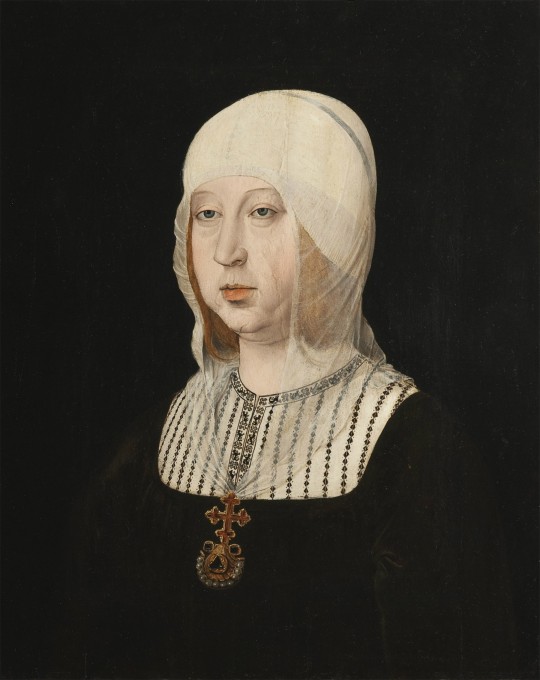
Juan de Flandes
Isabel I de Castilla, La Católica (1500-04)
Palacio Real, Madrid
3 notes
·
View notes
Text
Besides being the kick-ass heroine from the Alien, Sigourney Weaver also played Queen Isabella I of Castile, Consort of Ferdinand II, King of Aragon in "1492: the conquest of paradise" which was directed by Ridley Scott (who also directed the first Alien film).
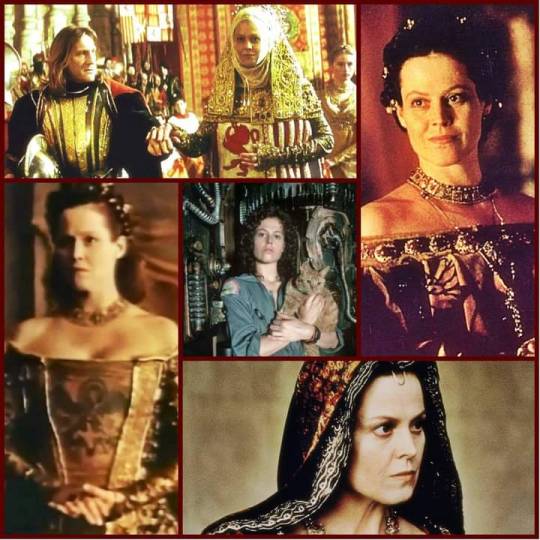
1 note
·
View note
Text
Unidad política de los RRCC

View On WordPress
0 notes
Text
☝️ The link's gifset of Isabella I of Castile from EMDT is one of the gifsets I made some years ago :)

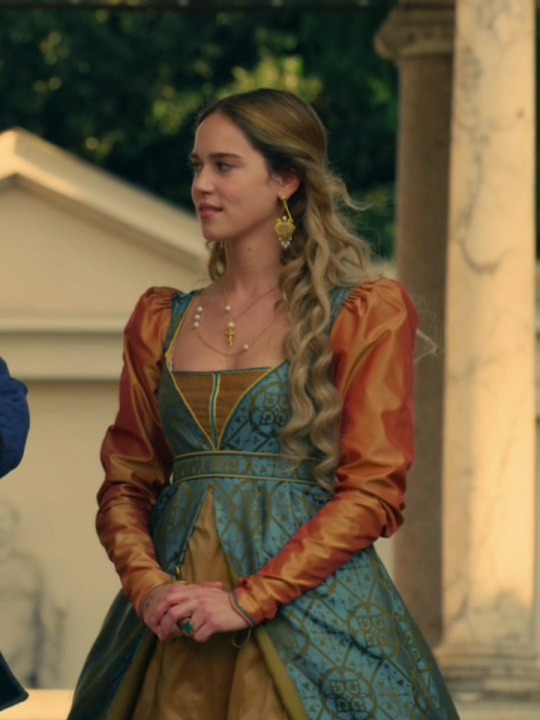
Period dramas dresses tournament: Orange dresses Round 1- Group C: Isabel de Castilla, El ministerio del tiempo (gifset) vs Simonetta Vespucci, Medici: the magnificent (gifset)
Propaganda for Isabel's dress:
Another pic 🧡🧡🧡
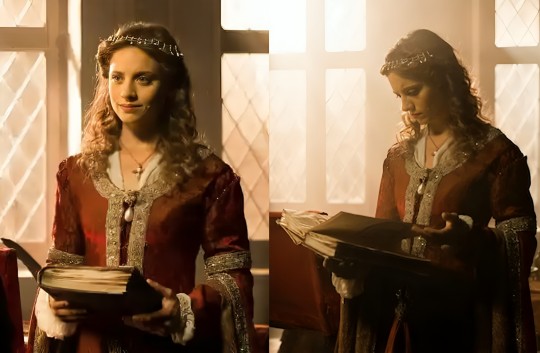
#period drama dresses tournament#tournament poll#tumblr tournament#polls#fashion poll#isabel i de castilla#isabella i of castile#el ministerio del tiempo#emdt#simonetta vespucci#i medici#medici: the magnificent#medici the magnificent#orange r1
25 notes
·
View notes
Text
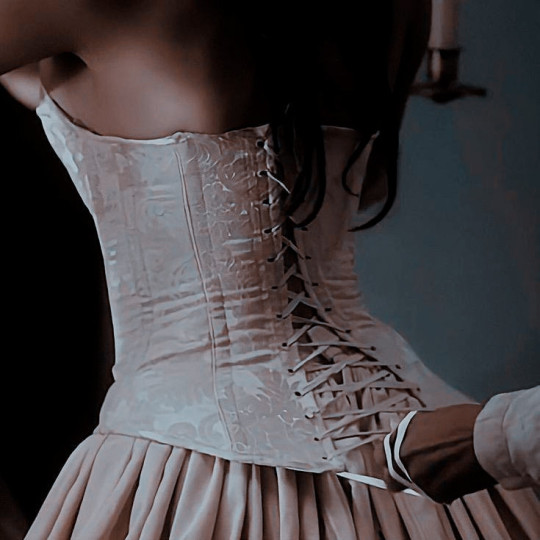



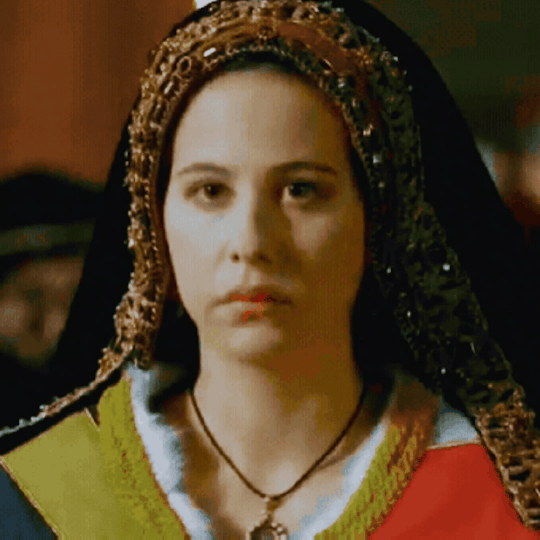
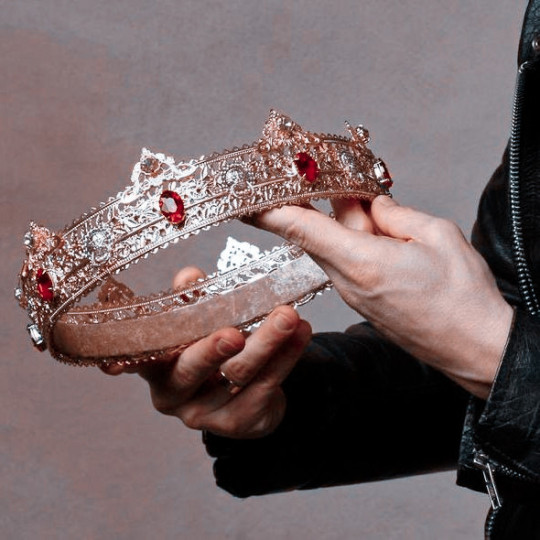


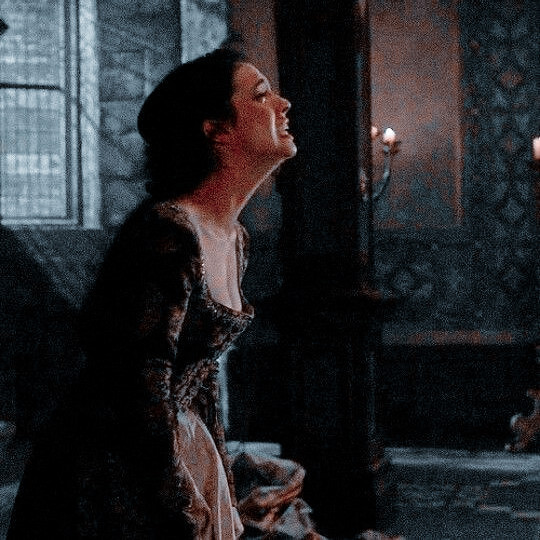
– juana i de trastámara ; infanta of spain, duchess consort of burgundy, queen of castile, aragon, valencia, mallorca, navarre, naples, sicily, sardinia and countess of barcelona was born on this day, 6th of november of 1479
#juana i de castilla#joanna of castile#juana the mad#house of trastamara#spanish history#on this day in history#weloveperiddrama#women in history#perioddramaedit#isabel tve#la corona partida#irene escolar#myedit*
65 notes
·
View notes
Text

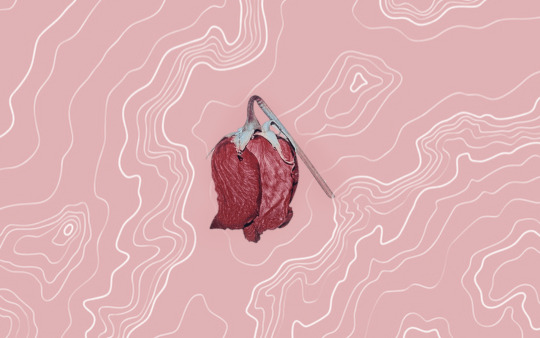


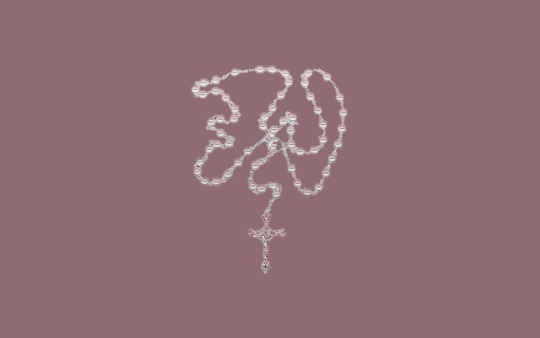
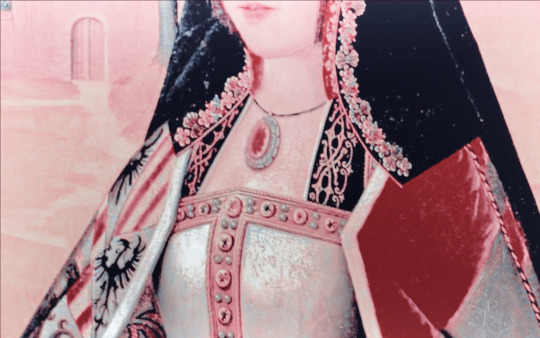


Isabel and Juana of Castile + quote
Happy birthday @latristereina !
Isabel had good cause for being upset. Such was “the disposition of the Princess” as the physicians described it, “that not only should it pain those who see her often and love her greatly, but also anyone at all, even strangers, because she sleeps badly, eats little and at times nothing, and she is very sad and thin. Sometimes she does not wish to talk and appears as though in a trance; her infirmity progresses greatly.” It was customary, they explained, to treat Juana’s infirmity through love, entreaty, or fear; but the princess had proven unreceptive to entreaty, and even “a little force” affected her so adversely that it was a great pity to attempt it and no one wanted to try, so that, beyond the queen’s customary immense labors and concerns, this weight of caring for her daughter fell upon her. It has been conjectured that Isabel’s illness could have been cancer, endocarditis—infection of the heart valve—chronic dropsy, or several of them combined. By the following June she had a visible tumor, although it is not known where or of what sort. In August she took Juana to Segovia, which she had seemingly avoided for years, telling her it was a step toward the north coast and her departure for Flanders. There Isabel continued to try with little success to get her to turn her mind to affairs of state. Juana showed little interest in government and in her child, and a good deal of disregard for religious matters of any sort, and for public opinion as well. The princess appeared to disdain much of what Isabel valued, and even to represent the antithesis of the very qualities her mother valued most highly. Even so, Juana was her designated successor, and Isabel was determined to keep her in Spain and do her best to train her to be its queen. So the arguments against Juana’s departure were patiently repeated: the season, the sea, the French, that Philip should be safe in Ghent before she traveled, and did she not want to see her father before she left? The hope remained that Juana would stay and Charles join her, so that Isabel might have him educated in Spain’s customs and come to prefer its people. And with Juana and Charles there and Philip not, should Isabel die, Fernando, still king of Aragón, could surely manage to guide their daughter in governing Castile. It was November. A treaty with France—arranged by the queen of France, Anne of Brittany, and Margaret of Austria—had been signed, and an envoy arrived from Philip requesting that Juana return to Flanders. Isabel, playing for time, responded that the princess, although better, was not well, that relations with France were still such that it was not safe for her to travel by land or, now that it was winter, by sea, that she had better wait until spring, and that “following her frame of mind and la pasión she has” that Juana should not be where there was no one who could quiet and restrain her for it might be dangerous for her. The implication was that Juana was emotionally out of control. Exactly what was meant by “restrain” we do not know.
-Peggy K. Liss, Isabel the Queen
#isabel de castilla#isabella of castile#juana de castilla#joanna of castile#joanna i#Isabel tve#juana la loca#mad love#michelle jenner#pilar lopez de ayala#period drama#perioddramaedit#historical women#my edits#graphic edit#filter by crownedfilters on ig
111 notes
·
View notes
Text
Thread about Joanna of Castile: Part 8: “The Tragic Departure: Philip's Refusal and Juana's Suffering







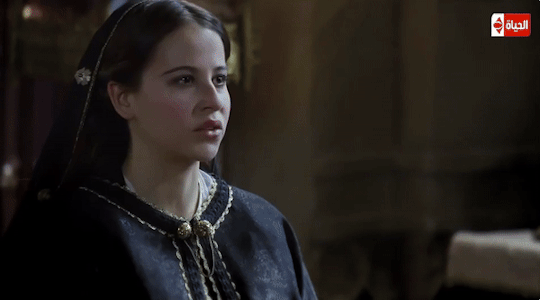





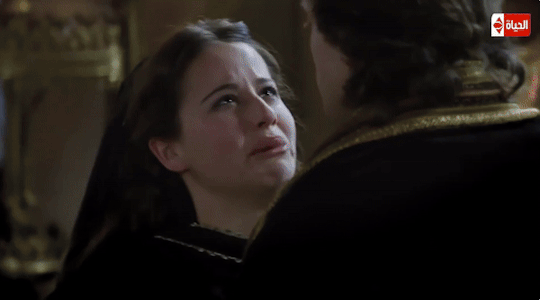



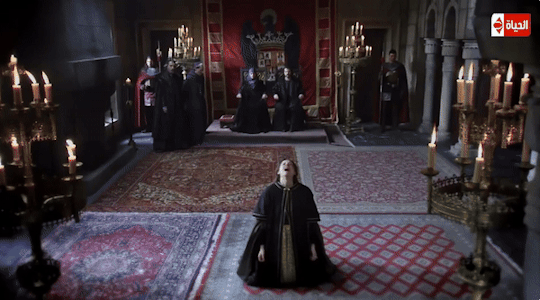


Philips' refusal to stay longer shocked both monarchs and procurators. Castilian procurators warned that if he crossed France during wartime, he would be considered a traitor, exposing himself to the mercy of his enemies and endangering Juana's life. This would not only undermine the monarchs, but also the interests and honour of all Spain, and would cause great agitation. The Aragonese procurators appealed to Philip in the same way. Although the monarchs persuaded Juana to remain for the birth of their fourth child, Philip left Madrid on 19 December.
Martire was dismissive of Juana, who showed no sign of 'royalty or courage'. Burton, perhaps familiar with Martire’s letters, later summarised the situation in his opus on melancholy.
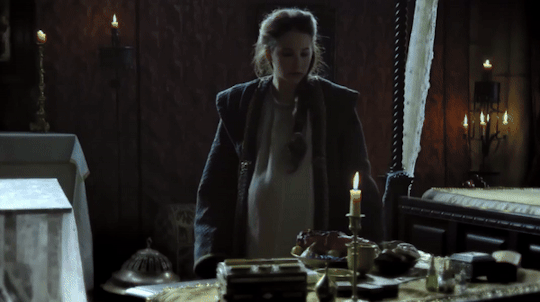
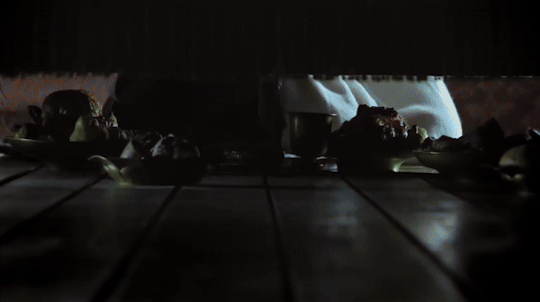
Juana was:
“So impatient and melancholy upon [Philip’s] departure, that she would scarce eat her meat, or converse with any man; and though she were with child, the season of the year terrible, the wind against her, in all haste would to sea after him.”
Historians have also attributed this distressing episode to Juana's personal obsession with Philip, underestimating the broader political aspect. As with all female royals, Juana was born into a highly political setting. Even though she wasn't power-hungry, honour and reputation mattered to her. She was not only affected by her separation from her husband, but also by his conduct towards her. As a result, Juana, who wore violet for her reunion with Isabel in May, bid Philip farewells in December.
Almost certainly, this signalled more than personal grief. She was heir to the many realms of Castile and Aragon and beyond personal grief and dishonour, her mourning signalled a political calamity.
The idea that Philip had run from his commitments as soon as the oath-taking was over made people doubt the succession, which made it very unlikely that the Spanish kingdoms could be ruled by princes who were also archdukes of Austria and dukes of Burgundy. This left Juana with a difficult decision, although not necessarily a resolute one:
To abandon her husband and children and remain in Castile to confront an uncertain future; or, in the event of Isabel's demise, to allow Fernando to continue to lead until Charles reached adulthood.
Considering the magnitude of negative remarks regarding Juana's conduct, it is noteworthy to recall that throughout the spring, she remained faithful to her royal duties. She made various acts of religious patronage, including visits that January to the Clarisan monastery of Rejas. Another sign that she supported the Franciscan order comes from a note written by a man named Francisco Segarra, who was hired by the kings to inspect monasteries in Aragon in 1493. Segarra thanks Juana for an act of charity and for her letters, in which she told him not to hesitate to ask her for more help. He hopes to be able to visit her soon.




On 10 April, she brought comfort to her parents with the birth, at Alcalá de Henares, of a second son, Ferdinand, whom she agreed to leave in Castile. Sandoval describes Juana’s pleasure at the birth and the (fattering) sermon about her that Villaescusa preached at the baptism. Zurita refers to the:
“Great respect that the princess always had for the queen.
Sources: Fleming, G. B. (2018). Juana I: Legitimacy and Conflict in Sixteenth-Century Castile (1st ed. 2018 edition). Palgrave Macmillan.
Fox, J. (2012). Sister Queens: The Noble, Tragic Lives of Katherine of Aragon and Juana, Queen of Castile. Ballantine Books.
Gómez, M. A., Juan-Navarro, S., & Zatlin, P. (2008). Juana of Castile: History and Myth of the Mad Queen. Associated University Presse.
#joanna of castile#juana i of castile#philip the handsome#juana la loca#isabel#irene escolar#Raúl Mérida#Philippe le Beau#Felipe I de Castilla#Felipe el Hermoso#Philipp I. von Kastilien#Filips I van Castilië#Johanna van Castilië#Jeanne la Folle#european history#johanna van castilie#catherine of aragon
7 notes
·
View notes
Text
Don't mind me, I'm just thinking about how Joanna I of Castile named three daughters after her sisters and wanted to name her firstborn son after her brother.
#Joanna the mad#juana la loca#juana i of castile#Juana i de castilla#Isabel#Isabel la catolica#isabella i of castile#isabella of aragon#John of aragon#Isabel de aragon#catherine of aragon#Maria of aragon#Isabel de austria#Maria de Austria#Charles v#Catalina de austria#£#Isabella of austria#Marya of austria#Catherine of austria
30 notes
·
View notes
Text
Emdt Historical Tournament
The previous weeks I have been doing sone polls to sellect the best historical character from the series, well, they formed part of a tournament I have been planning, that was a knockout round, the true one starts now.
The pairs for each duel has been selected randomly.
Here's the schedule of the following duels if you want to take notes for the date of each duel:
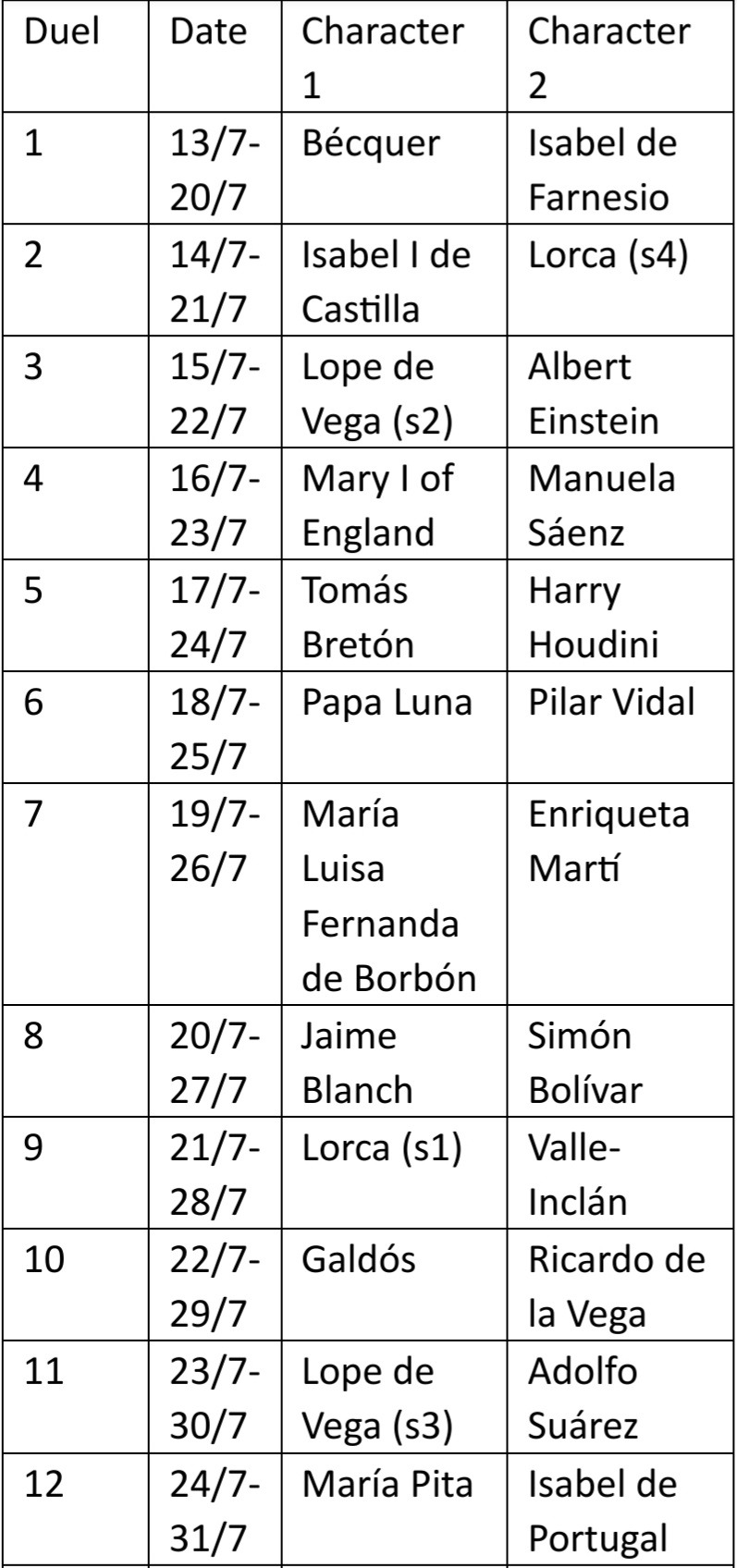

First round
Duel 1 ll Duel 2 ll Duel 3 ll Duel 4 ll Duel 5 ll Duel 6 ll Duel 7 ll Duel 8 ll Duel 9 ll Duel 10 ll Duel 11 ll Duel 12
Second Round (Quarters)
Duel 13 ll Duel 14 ll Duel 15 ll Duel 16 ll Duel 17 ll Duel 18
Third Round (Semifinal I)
Duel 19 ll Duel 20 ll Duel 21
Forth round (Semifinal II)
Duel 22 ll Duel 23 ll Duel 24
Fifth round (Final)
Duel 25
#el ministerio del tiempo#emdt#emdt polls#emdt historical tournament#gustavo adolfo bécquer#isabel de farnesio#isabel i de castilla#federico garcía lorca#lope de vega#albert einstein#mary i of england#manuela saénz#tomás bretón#harry houdini#papa luna#pilar vidal#maría luisa fernanda de borbón#enriqueta martí#jaime blanch#simón bolívar#ramón maría del valle inclán#ricardo de la vega#benito pérez galdós#adolfo suárez#maría pita#isabel de portugal
7 notes
·
View notes
Photo
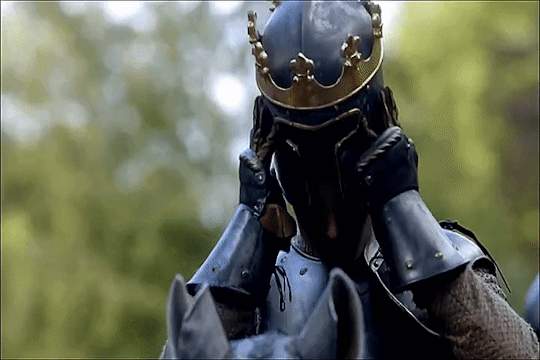

Isabel of Castile and Edward IV of England
In February 1464, when Isabel was not quite thirteen years old, her brother Enrique IV of Castile accepted the English offer and agreed to give her in marriage to King Edward IV, in a gesture of political alignment between the two countries. This would at once make Isabel a queen. It might have been a generous act on Enrique’s part, to help ensure an illustrious future for his half sister. However, it is just as likely that the marital alliance was Enrique’s attempt to remove Isabel from the direct line of succession in Castile and relocate her to a distant land, particularly at a time when rumors were brewing about Princess Juana’s legitimacy. Regardless of Enrique’s motives, however, the proposition of marriage to the English king would have been appealing to most young women. The twenty two-year-old Edward of York had recently assumed the throne of England. Charming, blond, strong, and six feet four inches tall, he was intelligent, excellent at the courtly games of hunting and jousting, dressed elegantly in furs and rich jewelry, and was fond of chivalric romances. This combination of traits made him irresistible to women, upon whom the lusty young king was eager to lavish his own attentions.
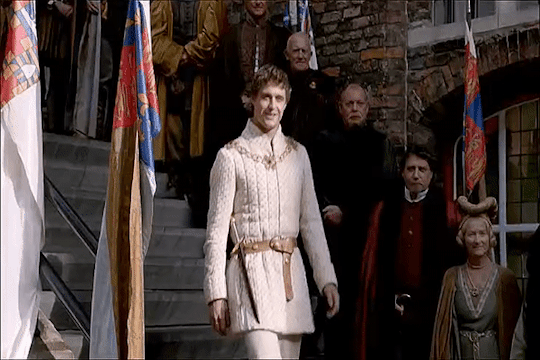
Marriage to Edward would of course have been an intriguing, even dazzling, prospect for Isabel, who loved hunting and stories of courtly love. It would give her a splendid husband, make her the envy of other women, and install her as queen of a kingdom with which she had long ancestral links. Isabel believed that Spain and England had a natural dynastic affinity. Her grandmother was Catherine of Lancaster, the daughter of the famous English nobleman John of Gaunt, son of King Edward III, whose marriage to Constance of Castile had made him a contender for the throne of Castile.
Edward IV was also descended from John of Gaunt, making him a distant cousin of Isabel. If the alliance proceeded, an old family tie would be reconnected. The marriage presented some strategic opportunities for England as well. Edward’s descent from King Pedro of Castile, through Pedro’s daughter Isabel Duchess of York, already made Edward a potential claimant to the Castilian throne, and this claim would be strengthened if he were to marry Isabel. English poets were already writing doggerel extolling Edward as not just king of England and deserving of France but also the future inheritor of Spain: “Re Angliae et Franciae, I say, It is thine own, why sayest thou nay? And so is Spain, that fair country.”

Once the match was proposed, Isabel waited at home for the decision. Given the difficulties in communication at the time, messages from one court to another sometimes took months because courtiers needed to physically travel from one place to another. Finally she somehow learned, to her great disappointment, that another woman had been selected, in a most unusual way. Unbeknown to the king’s councilors, who were negotiating Edward’s marriage prospects in both France and Spain, King Edward had already impulsively married a comely widow, Elizabeth Woodville. In faraway Castile, Isabel, still a young teenager, brooded over her rejection, much later telling ambassadors that she had been passed over for a mere “widow of England,” making it clear she had harbored resentment at her rejection for the next twenty years. Like Elizabeth Woodville, she was not a woman to suffer a slight lightly or forgive easily.

Source:
Kirstin Downey, Isabella: The Warrior Queen
#Isabel de Castilla#Isabella of Castile#Edward I of England#Henry IV of Castile#Enrique IV de Castilla#Elzabeth Woodville#Isabel tve#The White Queen#Spanish history#English history
37 notes
·
View notes
Text

#🇪🇸 El primero de los escudos que puede considerarse como Escudo de España es el que adoptaron Isabel I de Castilla y Fernando II de Aragón#el 15 de enero de 1475#concebido como la representación de las soberanías que ejercen En ella se dispuso que las armas combinadas las llevarían con iguales derech#de modo que pertenecerían conjuntamente tanto al rey como a la reina y no dispondrían de armas personales diferenciadas#lo cual es un caso extraordinario en España y con casi total seguridad#en Europa.El yugo. Mezclado con un cordón grueso#hace referencia a la leyenda del famoso nudo gordiano que cuenta que cuando el emperador Alejandro Magno llegó al templo de Gordio#halló un yugo atado por un nudo muy complejo del que se decía que quien lo desatase sería señor de toda Asia. Alejandro#sacó la espada y cortó el nudo#diciendo: “da lo mismo (tanto monta) cortar que desatar". Otros autores añaden que es además un juego de palabras cortesano de la época#cuando se adoptaba como emblema la inicial de la persona amada. Fernando adoptó el yugo#cuya forma coincidía con la de la inicial “Y”#por la que entonces comenzaba el nombre de la reina Ysabel. A su vez#ella adoptó las flechas como emblema de la “F” de Fernando.Las flechas: representadas unas veces#sueltas y otras#paralelas en número variable. Hacen referencia al viejo cuento del padre que al morir dice a sus hijos que#permaneciendo unidos como el haz#serán más fuertes.El Águila de San Juan: símbolo de la reina Isabel la Católica#representa a San Juan Evagelista#al que la reina profesaba gran devoción. Tanto Monta Fuente ABC.
0 notes
Text

El Monasterio de San Juan de los Reyes fue encargado directamente, en conmemoración de la batalla de Toro y el nacimiento del príncipe Juan, por los Reyes Católicos a Juan Guas en 1476. No sólo es uno de los templos más bellos de la antigua capital imperial de Toledo sino uno de los mejores conjuntos del gótico hispano-flamenco.


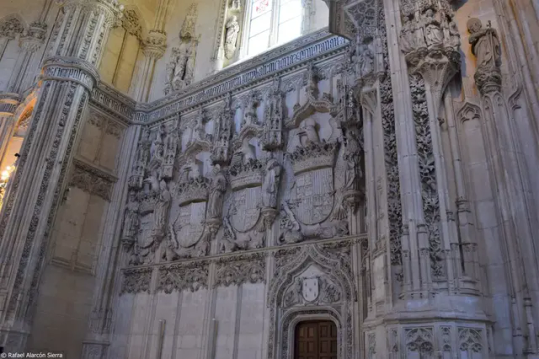
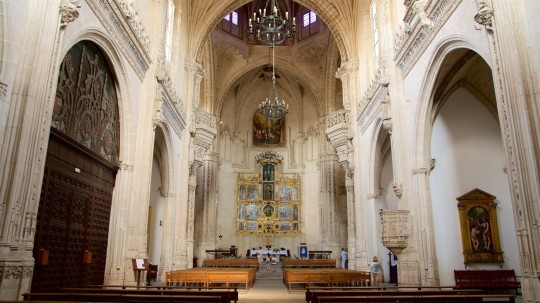


#arquitectura#españa#gótico#s. xv#isabel i de castilla#fernando II de aragón#reyes católicos#juan guas
1 note
·
View note
Photo

De Mariano Yzquierdo y Vivas (Cuban-born Spanish, 1893 - 1985) Isabel I de Castilla, 1940 Museo del Ejército, Toledo
#isabel i de catilla#spanish queen#art#fine arts#spanish art#european art#classical art#De Mariano Yzquierdo y Vivas#cuba#cuban#spanish#europe#european#europa#espana#oil painting#traditional art#female portrait#catholic queen
245 notes
·
View notes